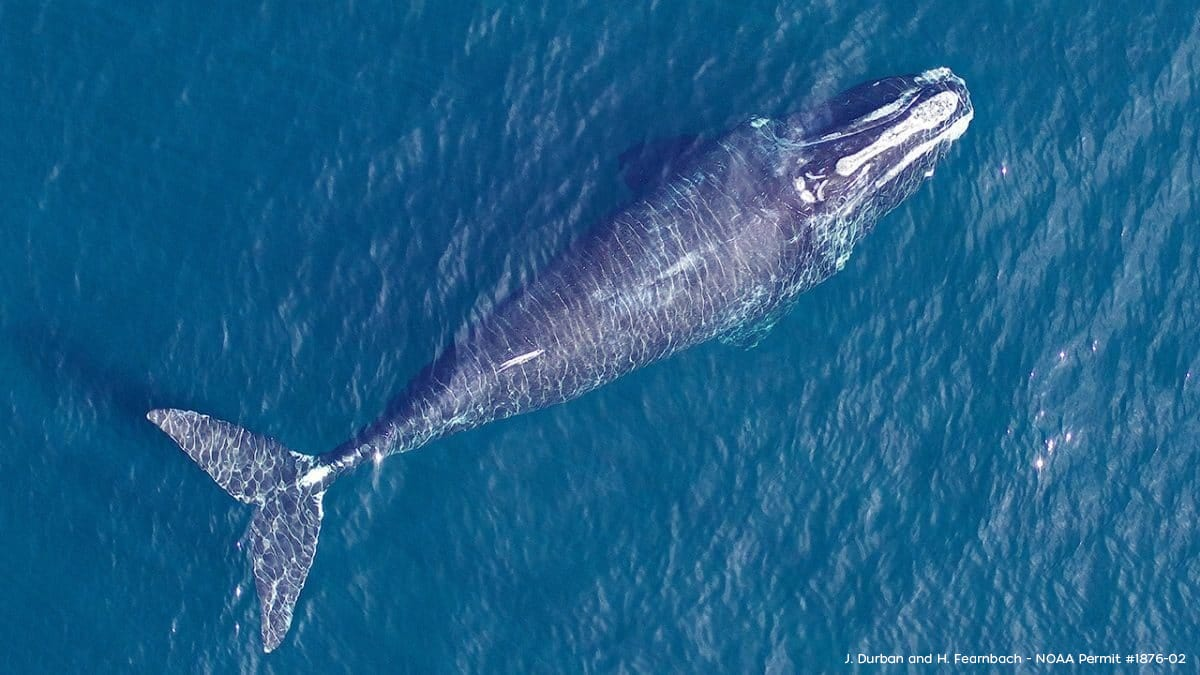Free Courses Sale ends Soon, Get It Now


Free Courses Sale ends Soon, Get It Now



Copyright infringement not intended
Picture Courtesy: https://www.whoi.edu/know-your-ocean/ocean-topics/ocean-life/marine-mammals/right-whales/
Context: Scientists reveal the consequences of declining body size in critically endangered right whales, leading to a decrease in calving probability and overall health.
Key Highlights
Reduced Body Size and Calving Probability
Link to Health Decline
Importance of Body Size for Reproduction
Population Threat and Extinction Risk
Climate Change and Size Reduction
Human-Induced Threats
Conclusion
|
PRACTICE QUESTION Q. What is the conservation status of North Atlantic right whales? A) Least concern B) Vulnerable C) Critically endangered D) Extinct Answer: C Explanation: North Atlantic right whales are classified as critically endangered by the IUCN (International Union for the Conservation of Nature) due to their extremely low population numbers and ongoing threats. |
© 2024 iasgyan. All right reserved